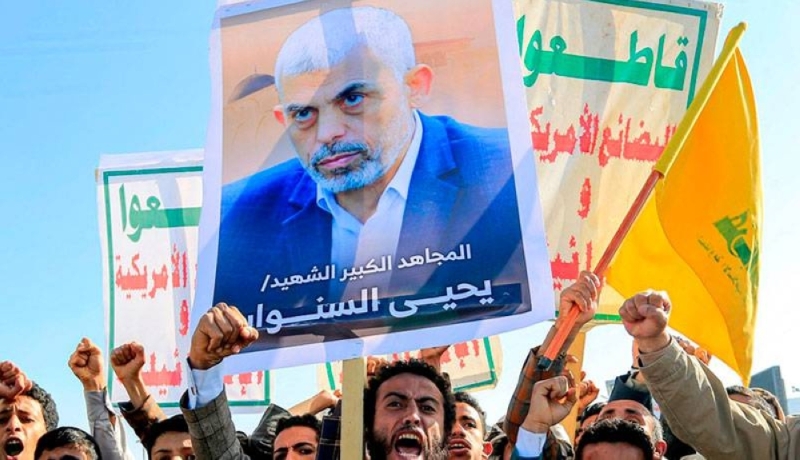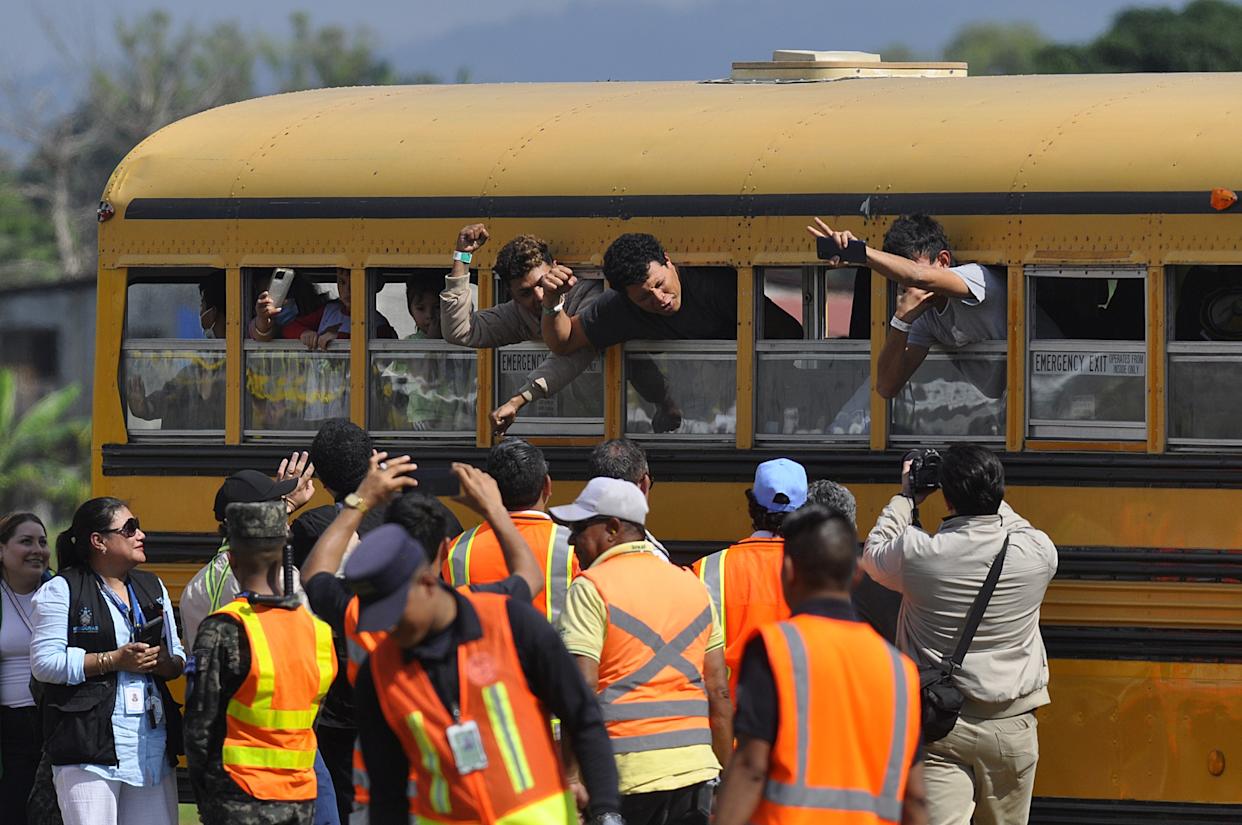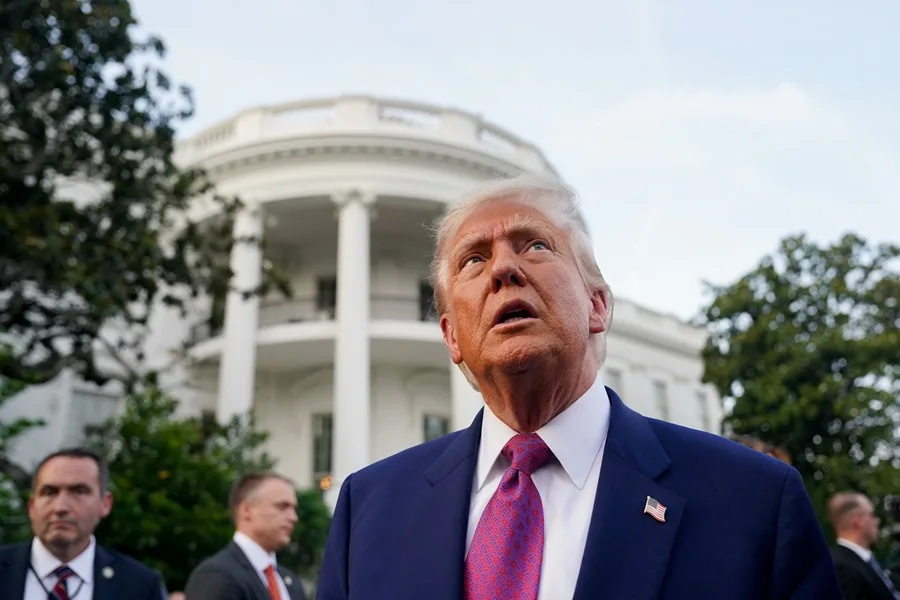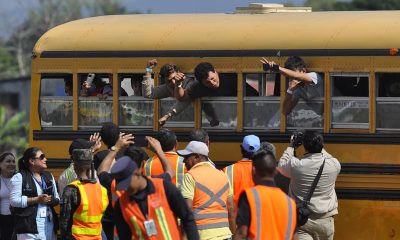International
Hamas leader Yahya Sinwar killed by gunshot, autopsy reveals

An autopsy conducted by Israeli authorities revealed that the leader of the Palestinian Islamist movement Hamas, Yahya Sinwar, died from a gunshot wound to the head, reported the American newspaper The New York Times on Friday.
Dr. Chen Kugel, director of Israel’s national forensic institute who oversaw the procedure, told the newspaper that Sinwar was initially injured in the arm by shrapnel, possibly from a missile or tank shell.
Following this, the Hamas leader tied an electrical cable around his arm in an apparent makeshift tourniquet, but according to Kugel, “it was not strong enough, and his forearm was shattered.”
Kugel added that a gunshot to the head ultimately killed Sinwar, but The New York Times reported that it remains unclear who fired the shot, when it occurred, and what weapon was used.
According to the Israeli army, Sinwar’s death occurred during a routine surveillance round on Wednesday.
A group of soldiers was patrolling the city of Rafah when they encountered three Palestinian militants.
While the military pursued them, Sinwar separated from the other two, the army clarified.
Israeli forces subsequently fired a tank shell at the building where the two militants were hiding and at another building where Sinwar was taking refuge, it added.
Israeli media and military officials stated that there was no prior information indicating the presence of the Hamas leader in the area.
Images released by the Israeli army reportedly show Sinwar, covered in dust, sitting in an armchair and staring at a drone as it entered a house devastated by attacks.
In the low-quality video, Sinwar is seen alone, with a severely injured hand and his head covered with a traditional scarf, throwing a stick at the drone.
The Israeli army conducted DNA tests, dental examinations, and other forensic investigations that helped confirm the leader’s identity.
He had not been seen in public since the outbreak of the war in Gaza following the deadly attack launched by Hamas in Israel on October 7, 2023, for which he was the mastermind.
Sinwar, 61, had led Hamas in Gaza since 2017 and was appointed the political leader of the movement in August following the death of Ismail Haniyeh, who was killed in Tehran on July 31 in an attack attributed to Israel.
This group, which is supported by Iran, has governed Gaza since 2007.
International
Meta Says Russia Seeks to Ban WhatsApp for Defending Secure Communication

U.S. tech giant Meta, the parent company of WhatsApp, said that Russia is seeking to ban the messaging app because it “challenges government attempts to violate people’s right to secure communication.”
Russian authorities have encouraged citizens to switch to state-backed applications, and in August they already blocked WhatsApp’s calling feature.
On Friday, the communications regulator Roskomnadzor claimed that the platform was being used to “organize and carry out terrorist acts in the country, recruit perpetrators, and facilitate fraud and other crimes.”
“If the messaging service does not comply with Russian law, it will be completely blocked,” the regulator warned.
WhatsApp remains one of Russia’s most widely used messaging services, alongside Telegram.
Moscow is pressuring both platforms to grant authorities access to user data upon request for investigations into fraud and activities the government labels as “terrorist.”
Human rights advocates fear the demand could be used to target critics of the Kremlin, President Vladimir Putin, or the war in Ukraine.
International
Archbishop Wenski criticizes Trump’s deportation policies, calls for stronger push for reform

The Archbishop of Miami, Thomas Wenski, has called for increased pressure on the U.S. Congress to advance comprehensive immigration reform and criticized President Donald Trump’s mass deportation policies, arguing that they “do nothing to help.”
“We need to apply more pressure on Congress so lawmakers can make the necessary changes. It is also important for the Administration to listen to our voice. We do not want to be anyone’s enemy—we are Americans,” Wenski said in an interview with EFE.
The religious leader, who heads one of the dioceses with the largest Latino and Haitian populations in the United States, issued a call to defend the rights of migrants. He also emphasized that the U.S. Conference of Catholic Bishops (USCCB) has maintained a strong and public stance in favor of migrants for decades.
International
Trump relaunches diplomatic push to finalize U.S.-Backed peace plan for Ukraine War

U.S. President Donald Trump announced on Tuesday that his diplomatic team will resume meetings with delegations from Russia and Ukraine in an effort to pressure both sides to accept the peace plan proposed by Washington to end the war in Ukraine.
As part of this new round of talks, U.S. Special Envoy Steve Witkoff will travel to Moscow to meet with Russian President Vladimir Putin. Meanwhile, Army Secretary Dan Driscoll will hold discussions with Ukrainian representatives to narrow differences on the remaining points of the agreement.
Trump also confirmed his intention to meet personally with Ukrainian President Volodymyr Zelensky and with Putin, though he emphasized that such meetings will only take place “when the agreement is fully finalized or in its final stage.”
The president claimed that his administration has made “tremendous progress” toward resolving the conflict and reiterated that the war “never would have started” if he had been in the White House at the onset of the crisis.
The U.S.-backed peace plan consists of 28 points and has been revised following feedback from both sides. According to Trump, only “a few points of disagreement” remain under active discussion.
One of the most controversial aspects of the proposal is the suggestion that Ukraine cede parts of the Donbas region to Russia and limit the size of its armed forces. Kyiv is working closely with Washington to soften these clauses in search of an arrangement that does not compromise its sovereignty or security.
With this diplomatic push, Trump aims to solidify his role as the main mediator in the conflict and steer the war toward a political resolution after years of devastation, humanitarian crisis, and rising global geopolitical tensions.
-

 Central America2 days ago
Central America2 days agoTrump Pardons Former Honduran President Hernández and Warns of Aid Cuts Ahead of Election
-

 Central America4 days ago
Central America4 days agoPanama reinforces security with new helicopters and Super Tucano Aircraft purchases
-

 Central America4 days ago
Central America4 days agoTrump urges hondurans to back conservative candidate Nasry Asfura in november elections
-

 International4 days ago
International4 days agoArchbishop Wenski criticizes Trump’s deportation policies, calls for stronger push for reform
-

 Central America4 days ago
Central America4 days agoWashington calls for oversight as Honduras faces allegations of electoral interference
-

 Central America21 hours ago
Central America21 hours agoHonduras’ China–Taiwan Future Hinges on Sunday’s Presidential Election
-

 International2 days ago
International2 days agoMeta Says Russia Seeks to Ban WhatsApp for Defending Secure Communication
-

 Central America2 hours ago
Central America2 hours agoHonduras Extends Voting by One Hour Amid High Turnout, CNE Announces






























